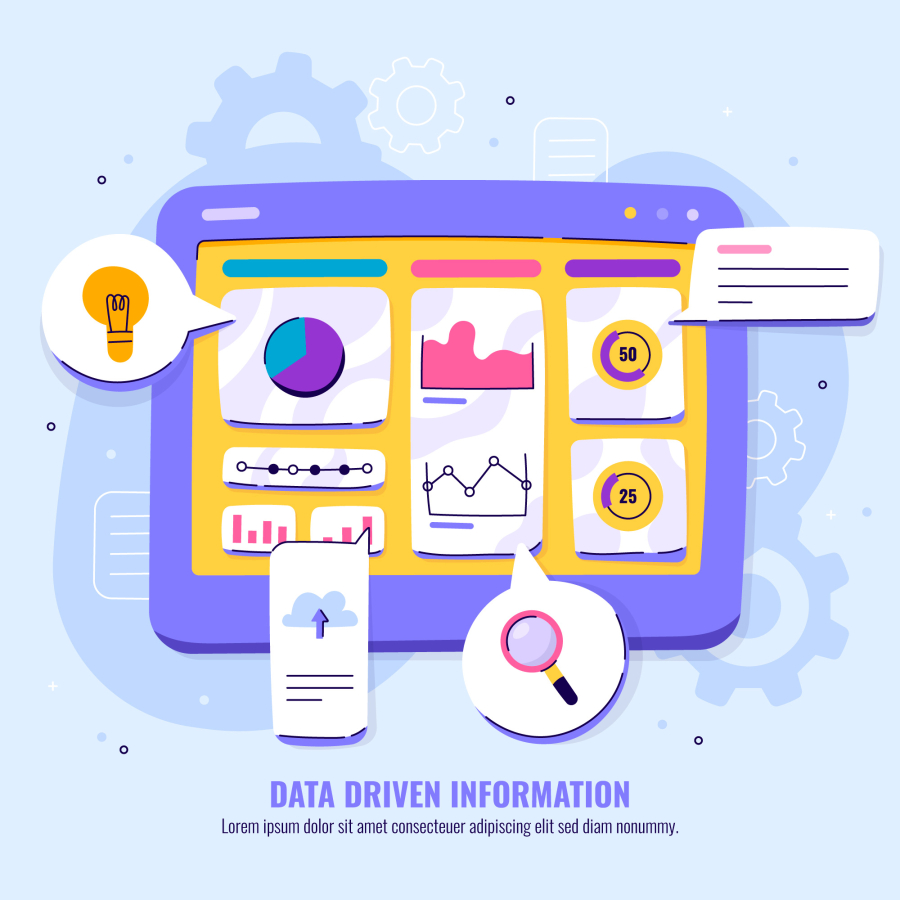How to Build a Freelance Business Around UX/UI Design
The demand for UX/UI design has skyrocketed as businesses realize that user experience is the key to digital success. From websites to mobile applications, companies need intuitive, accessible, and visually appealing designs that attract and retain users. For freelancers, this presents a golden opportunity. Building a freelance business around UX/UI design not only allows you to leverage your creative and problem-solving skills but also positions you in one of the most in-demand sectors of the digital economy.
Whether you are just starting as a freelance designer or looking to grow an existing business, success requires more than design skills. You must understand how to package your services, attract clients, manage projects, and scale your brand. This article provides a complete guide on how to build a freelance business around UX/UI design, with strategies, points, and actionable insights tailored to freelancers.
Long Description
1. Why UX/UI Design is Perfect for Freelancing
High Market Demand: Businesses of all sizes need strong UX/UI design for apps, websites, and platforms.
Scalability of Services: You can work on small projects like wireframes or large end-to-end design systems.
Remote-Friendly Work: UX/UI design can be delivered completely online, making freelancing seamless.
Creative Freedom: Freelancers have the flexibility to choose industries, tools, and clients.
Attractive Earning Potential: With growing demand, skilled UX/UI freelancers can command premium rates.
2. Essential Skills for Freelance UX/UI Designers
To succeed, you need more than just design creativity. Focus on:
User Research & Testing: Understanding user behavior, conducting surveys, and analyzing feedback.
Wireframing & Prototyping: Tools like Figma, Sketch, or Adobe XD.
UI Design Principles: Typography, color theory, accessibility, and responsive layouts.
UX Writing: Clear and concise text that improves user flow.
Design Systems: Creating consistent patterns across digital products.
Communication & Collaboration: Working with developers, marketers, and product managers.
Business Skills: Pricing services, pitching, and handling client negotiations.
3. Steps to Build a Freelance Business Around UX/UI Design
Step 1: Build a Strong Portfolio
Showcase projects that demonstrate research, design process, and results.
Highlight case studies that explain how your work solved user problems.
If you are new, create mock projects or redesign existing websites/apps.
Step 2: Define Your Niche
Specialize in industries (e-commerce, SaaS, health tech, etc.) or platforms (mobile apps, web apps, dashboards).
Niching makes you more attractive to clients looking for specific expertise.
Step 3: Set Up Your Online Presence
Create a personal website or use platforms like Behance and Dribbble.
Optimize profiles on freelance platforms such as Upwork, Fiverr, and Toptal.
Share content and insights on LinkedIn, Twitter, or design communities.
Step 4: Establish Your Pricing Model
Choose between hourly, project-based, or retainer pricing.
Research market rates and adjust based on your experience and value proposition.
Step 5: Find and Attract Clients
Use freelance platforms, social media, and networking events.
Reach out to startups that need UX/UI but may not have in-house designers.
Offer free resources or consultations to showcase expertise.
Step 6: Deliver an Excellent Client Experience
Communicate clearly about timelines and deliverables.
Use project management tools (Trello, Asana, Notion) to stay organized.
Collect testimonials and referrals after successful projects.
Step 7: Scale Your Business
Outsource repetitive tasks or collaborate with other freelancers.
Expand services into UX strategy, usability testing, or design workshops.
Create passive income through design templates or online courses.
4. Best Practices for Freelance UX/UI Success
Stay Updated: Design trends and tools evolve rapidly; continuous learning is essential.
Focus on Accessibility: Inclusive design helps reach broader audiences.
Prioritize User Needs: Balance aesthetics with usability.
Manage Time Efficiently: Use productivity tools to balance multiple projects.
Maintain Contracts: Always work with written agreements to protect your work and payments.
Invest in Personal Branding: Share thought leadership content to position yourself as an expert.
5. Challenges Freelance UX/UI Designers Face
Finding Consistent Clients: Work may be irregular at first.
Price Competition: Many designers compete globally, making rates competitive.
Client Education: Some clients undervalue UX and need guidance.
Balancing Creativity and Business: Managing both design quality and administrative work can be tough.
Isolation: Freelancing can feel lonely without collaboration.
Solutions include building strong client relationships, networking with peers, and gradually raising rates as your portfolio grows.
6. Tools Every Freelance UX/UI Designer Should Use
Design Tools: Figma, Adobe XD, Sketch, InVision.
Collaboration Tools: Slack, Notion, Trello, Miro.
Prototyping & Testing: Maze, Lookback, UsabilityHub.
Portfolio Platforms: Dribbble, Behance, personal websites.
Finance Tools: PayPal, Wise, QuickBooks for payments and invoicing.
7. Building Long-Term Client Relationships
Freelancing is not just about one-off projects; it is about repeat business. To build loyalty:
Deliver consistent quality work.
Offer ongoing support for product updates.
Educate clients on design value and future needs.
Be proactive in suggesting improvements and new features.
8. Future of Freelance UX/UI Design
Integration with AI: Designers will use AI tools for faster prototyping and personalization.
AR/VR Design: New opportunities in immersive experiences.
Voice Interfaces: UX/UI will expand beyond screens to conversational design.
Global Freelance Growth: More businesses will hire freelancers as remote work becomes the norm.
Freelancers who adapt to these trends will remain highly competitive.
9. Key Takeaways for Freelancers
UX/UI design offers immense opportunities for freelancers due to its growing demand.
Success requires balancing creative, technical, and business skills.
Building a portfolio, finding a niche, and networking are key to growth.
Ethical practices, accessibility, and long-term client relationships enhance credibility.
Staying updated with industry trends ensures continuous career growth.
Conclusion
Building a freelance business around UX/UI design is both rewarding and sustainable. With the rise of digital platforms, businesses need professionals who can craft meaningful, user-friendly experiences. By mastering design skills, creating a strong portfolio, finding clients, and scaling your services, you can establish a thriving freelance business. For freelancers, UX/UI is not just a creative career path—it is an opportunity to make a lasting impact on brands and users alike.


 by Emily
by Emily




